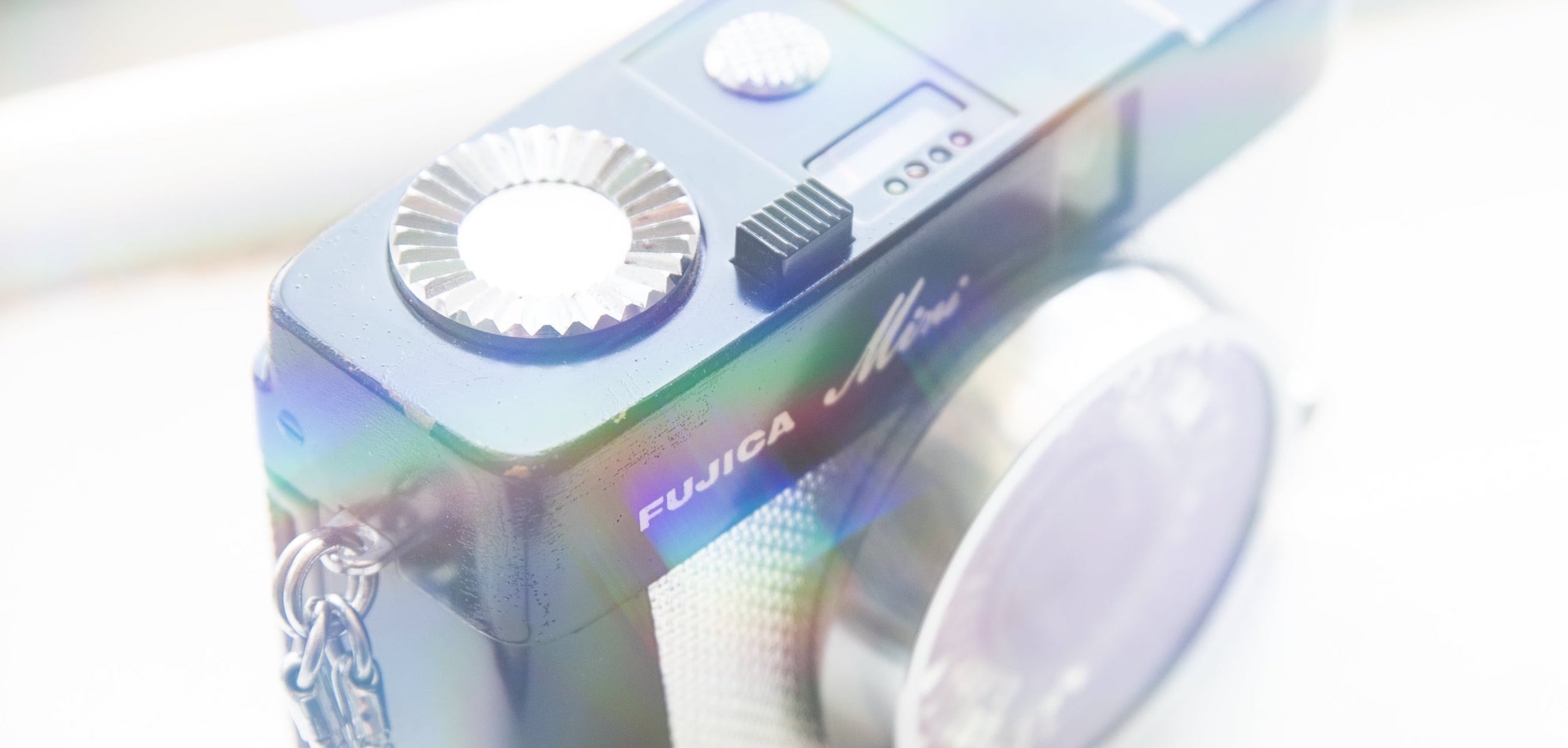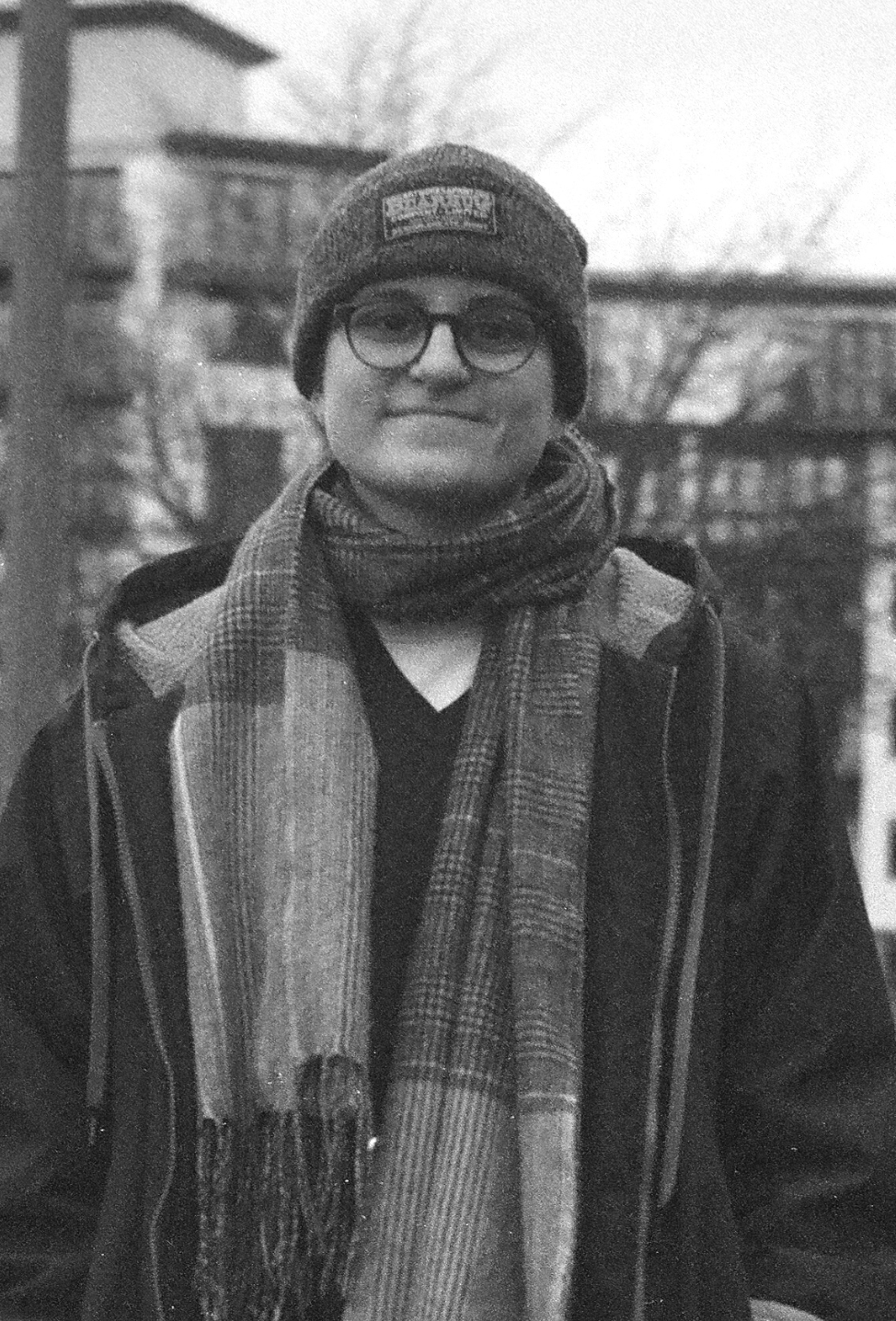You may have heard of people using filters on their lenses, but there are so many and it can be very confusing when it comes to which one to choose. This is our buyer's guide to help you find the right filter.
Filters are used to alter how your final image looks when photographing, for example, they can lower your exposure, change the contrast of colours, or add extra shapes and effects to your images.

Jump to:
Which filter do I need for my camera?
There are lots of factors to take into account here, such as what kind of photography you are doing, but here is the general gist.
If you just want to protect your lens, use a UV or skylight filter.
For creating effects with black and white film, explore coloured filters.
If you are looking to experiment with your images, we recommend multi-vision and rainbow filters. There are also some cool effect filters around.
If you are doing a lot of landscape photography, you may need a neutral density filter or a polariser filter.
We recommend reading this entire blog post to get a better understanding of the different types of filters and their effects.
How do I know which size of filter I need?
Each filter has a diameter that should match the diameter of filter ring that is on your lens. Lenses have a screw thread on the front element of the lens that allows filters to be screwed onto them.
Some camera lenses show the diameter of the lens filter ring on the front of the lens. Your focal length is shown as "50mm" or "35mm", but the lens diameter will be shown with this symbol "ø" in front of it.
If your lens doesn't have the diameter shown, a quick Google will tell you your lens filter diameter, or you can get in touch with us and we will let you know which size you will need. Now you have this information, you can look for filters that match your lens diameter.
If you can't find any filters that match your lens diameter, it is possible to get step-up or step-down rings that change the diameter of your lens. For example, you may have a 49mm lens diameter and a 52mm filter. In this case, you would get a 49 to 52mm step-up ring that attaches under your filter.
What size filter ring does the Canon FD 50mm f/1.8 have?
The Canon FD 50mm f/1.8 lens, usually found on the Canon A series of cameras, uses a 52mm filter ring. Filters and lens caps that measure 52mm will fit this lens.
What size filter ring does the Olympus Zuiko 50mm f/1.8 lens have?
This lens, commonly found on the Olympus OM10 and OM-1 cameras, has a 49mm filter ring. This means any filters or lens caps that measure 49mm will fit this lens.
What size filter ring does the Minolta MD 50mm f/2 lens have?
This lens, usually found on the Minolta X-300, has a 49mm filter thread. Lens caps and filters that measure 49mm will fit this lens.

What are the different filters and what do they do?
There are many difference applications for photographic filters. Some are used simply to protect your lens from dust and dirt, whilst others can be used to affect colours and create interesting effects across your images that cannot be created in post-production.
What are UV filters used for?
UV filters do not have much effect on your images, but they do protect your lens glass from getting damaged. They are also used for blocking UV light and removing the blue tint that may come with very bright photographic situations.
I have dropped a lens before and the filter smashed, but the lens was intact and saved by the filter's ring. (Phew!)
It also prevents dust and scratches from getting on the actual glass of your lens, which is much more valuable and harder to replace than the filter itself.
What are skylight filters used for?
This filter is similar to UV filters and have a very minor effect on your images. Skylight filters are intended to filter the blue tones of the light coming into your lens and lightly warm up your images. This makes them great for taking photographs with lots of sky, or taking photographs in blue hour and the depths of winter.
Some of these filters also come with collapsible lens hoods attached for when you are taking photographs in bright sunlight and want to avoid direct light onto the front glass of your lens.
What is the difference between skylight 1A and skylight 1B?
Skylight 1A filters are more clear and are more well-suited to just protecting your front lens glass. Skylight 1B filters have a very slight pink tone, which is what warms your images up.
What are coloured filters used for?
This is where things get a little bit complicated. Each colour filter has a different effect on the colours and contrasts in your images. These are used for black and white photography, although using them on colour photography would create some interesting effects!
You can mostly see the effect a filter will have on the subject by looking through it, however the effect will be more enhanced when it is on the lens. If you are using a digital camera, remember that your camera may auto-correct the white balance of the image.

What effect does a green filter have?
A green filter is mostly used in landscape photography. Green filters are effective in creating a wider range of tones and textures within green foliage and trees. It can also improve the quality of sunset shots and create a more natural skin tone when shooting portraits in tungsten light.
What effect does a yellow filter have?
A yellow filter increases the contrast between yellow and blue objects. It also improves penetration of haze in distant shots. Yellow filters essentially block blue light, so blue objects will appear dark in your images.
What effect does a blue filter have?
A blue filter emphasises skin textures in portraits and increases haze in distant shots. An 80A filter has a blue tint and this is used to convert daylight film to be used in tungsten light.
What effect does a red filter have?
Red filters reduce the effect of skin blemishes in portraits to make skin appear clearer. It also gives a darker tone to blue skies and shows white clouds more dramatically. Red filters also help to penetrate haze in distant shots.
What effect does an orange filter have?
Orange filters boost the vibrancy of warm colour and enhance the contrasts of all colours in an image.
What are polariser filters used for?
Polariser filters are used to brighten or saturate colours in an image, make blue skies appear more intensely coloured, and reduce reflections, glare and haze from objects in an image. They are effective in removing the reflections from bodies of water, as well as shiny surfaces.
What is the difference between a circular polariser and a linear polariser?
There is not a lot of detectable difference between linear and circular polarisers when looking at the images they create. Digital cameras, however, require a circular polariser to be used.
What is a diffuser or soft filter?
Film is all about that lovely soft light on your photographs and if this is an effect you really love, diffuser or soft filters are ideal for you. Diffuser and soft light filters diffuse the light across your lens and soften it to make your images that little bit more gentle.
Some of them have one specific spot that is soft and the rest is ordinary, which can create an interesting effect and is good for portraits if you don't want any effect on a person's face.
What are star and cross filters?
Star and cross filters are great for creative night-time photography as they turn any direct light source into a star shape. Each one can create stars with a different number of points, for example a star with four points or a star with eight points.
Some star filters can rotate to change the positioning of the stars in your image. These are often referred to a veri-cross or veri-star filters.
What are rainbow filters?
Rainbow filters are among our favourite filters for experimental photography. Rainbow filters will create rainbow effects from the light being photographed in your frame. Sometimes this can create rainbow halation around subjects or sometimes can cause a rainbow tint effect across the entire image.
What are prism and multi-vision filters?
Prism and multivision filters create a prism effect that reflects and repeats part of your image. They also refract the light and have a similar effect to fractal prisms. These are one of my favourite filters to use and I have used them a lot for concert and portrait photography!
What are ND (neutral density) filters?
Neutral density filters, often just called ND filters, reduce the brightness of your image without affecting the colours. These are commonly used for landscape photography where the sky may appear very brightly.
There are different densities of ND filters that allow reductions in numbers of stops. The higher the number of the ND filter, the more stops you will have to compensate with. ND filters are used in combination with your shutter speed and aperture. For example, if you were using a ND4 filter, you would change your shutter speed by two stops.
They can also be used when your fastest shutter speed or smallest aperture is not enough to keep the image correctly exposed. This may be the case if you were photographing a sunny sky and the sea in the same frame with a high ISO film.
What is a variable ND (neutral density filter)?
Variable ND filters are filters that have a range of densities within them. They can be rotated to cover a range of densities from low to high. This is particularly useful as you don't have to carry lots of different filters for different densities.
Summary
All filters are great for protecting the glass of your lens. UV and skylight filters are the best for this as they have little effect on your images.
You can get filters that create experimental effects on your images, like the rainbow, starburst, and prism filters.
Coloured filters and polarising filters have an effect on how your image will appear by changing the contrast or exposure of your images.
If you like what we do, but can't buy a camera from us, please consider buying us a cup of coffee! It helps us to keep these resources free, consistent, and accessible.
Stuck on which film camera to buy?
Try our film camera quiz. All you have to do is answer a few questions, and then you will get a list of personalised camera recommendations.
Or send us a message on Instagram, send us an email, chat to us on our live website chat, or read some more of our blog posts!

